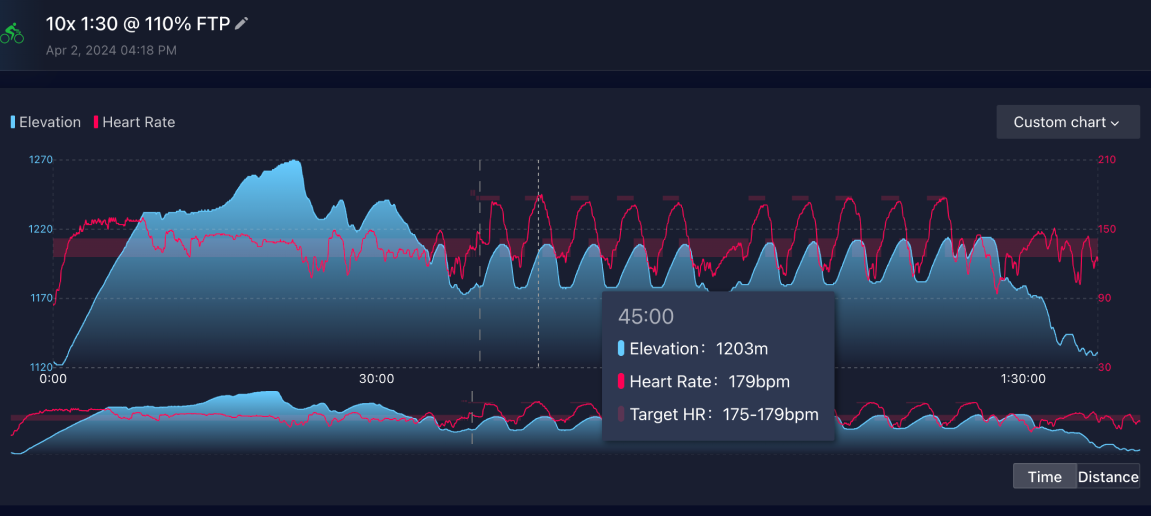While the foundation of cycling is built through aerobic endurance, a cyclist's performance will ultimately be tied to their threshold ability. Therefore, for any cyclist looking to improve for events lasting longer than 3 minutes, they need to have a strong emphasis on threshold training at the appropriate time of the year.
In structuring a threshold training plan, the key is to stress the body enough to create change, but also allow enough time to recover. Below you can find our 6-week training plan which focuses on key training sessions timed strategically throughout the training block.
Cycling Threshold Development Plan
Download our plan 6-Week Threshold Development Cycling Plan
Since this plan is based on heart rate (HR), you do not require any power meter to follow it. However, we highly recommend wearing an external HR monitor like the COROS HRM to ensure you are training in the proper intensity zones.
Below you will find our top 3 tips for you to keep in mind when following this plan. For any additional questions regarding your cycling training, contact COROS Coaches via coach@coros.com for individualized insights on your own data.
1. Progress Into The Intervals
As you dive into intervals on the bike, your HR may take some time to increase. This is due to your heart and legs having some communication delays based on the distance that separates them. If you increase intensity quickly in hopes of seeing your HR climb into the desired training zone, your ability will fade over time. Instead, slowly progress into the interval for about a minute, and let your HR adjust for an additional 30-60 seconds.
If we take this interval session below as an example. Here is how you should break it down:
- 00:00 to 01:00: Slowly increase intensity to a rate of perceived exertion (RPE) of 7/10.
- 01:00 to 02:00: Maintain this intensity and let your HR adjust.
- 03:00 to 05:00: Increase or reduce intensity to maintain HR within the desired zone.

Threshold interval session taken from the Threshold Development Cycling Plan.
2. Do Not Forget About Cadence
Cadence plays a major role in cycling intervals. In fact, you can control your HR with your cadence. As a rule of thumb, a lower cadence will lead to a lower HR, and vice-versa. So, if you are struggling during high-intensity intervals to keep your HR elevated, then you may want to adjust cadence. Here is a quick guide to help you:
- Low cadence: <85 (primarily muscular)
- Normal cadence: 85-100 (ideal mix) - Recommended
- High cadence: >100 (primarily cardiovascular)
3. Target Hills For Key Workouts
When completing high-intensity workouts on the bike, flat terrain can become harder to deal with due to external factors (wind) or safety reasons (speed). Hills can offer a great alternative due to being able to control your effort without as many external factors to manage. This allows you to focus more on the task at hand and get more out of your efforts.
Below is a high-intensity workout above threshold that has been performed on hills. If completed on flat terrain, maintaining this intensity over time would have been harder.

High-intensity intervals performed on hills.

/filters:quality(90)/fit-in/970x750/coros-web-faq/upload/images/0dda9c8bab5c2d69d3fee6e927be88ce.png)





